This week we proudly helped three clients with double story townhouse purchases. All three had one thing in common; they were on their own title with no shared land. But each presented us with a range of important questions about registered Owners Corporations.
Why is the unit numbered the way it is? Is Body Corporate affecting it or not? Do I need building insurance? If the land is not shared, what is shared?
Is the property on its own title?
Careful due diligence and great answers from the acting solicitors helped explain all of these technical questions for our three buyers, enough so that I was encouraged to write about it for other readers.
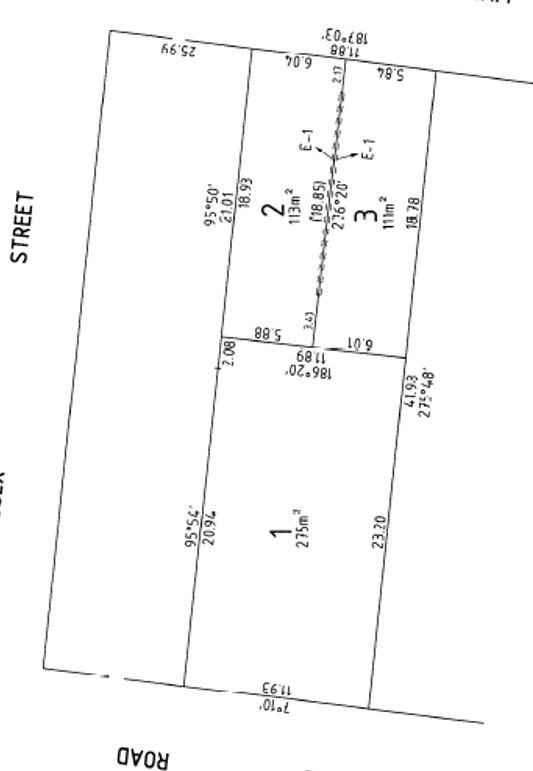 Our first townhouse acquisition which we tackled during our week was an off-market, semi-detached townhouse sitting proud alongside its pigeon pair, both street-fronting in popular Footscray. Like many blocks in this part of town, the dual street frontage land had been split not once, but twice. The land featured two street frontages, allowing the long plot of land to be split in half, offering two square shaped blocks; each with a different street address. Then one of the square blocks was split down the middle to enable the pair of semi-detached dwelling to be built some seven years ago.
Our first townhouse acquisition which we tackled during our week was an off-market, semi-detached townhouse sitting proud alongside its pigeon pair, both street-fronting in popular Footscray. Like many blocks in this part of town, the dual street frontage land had been split not once, but twice. The land featured two street frontages, allowing the long plot of land to be split in half, offering two square shaped blocks; each with a different street address. Then one of the square blocks was split down the middle to enable the pair of semi-detached dwelling to be built some seven years ago.
Our client noted that an Owners Corporation had been registered back in 2010 but was inactive.
What did this mean?
This gave way to a great discussion.
When a property is initially subdivided, an Owners Corporation must be formed regardless of shared land or shared service implications. The plans may involve shared land (common areas, driveway, access easements), or they may distinguish each property to sit on a single parcel of land each.
Once a development is completed, the Occupancy Permit is granted, the Plan of Subdivision is Lodged, and then finally Registered. With no shared land or shared services, the registered Owners Corporation sits dormant but always remains registered.
The questions about this first property in Footscray were resolved and it was determined that the owner would need to source his own insurance with assurance that the insurer was aware of the shared party wall (much like a Victorian terrace with a shared party wall would be covered).
The second property was quite a similar scenario, but this time was an almost-freestanding townhouse with the only shared wall being that of the garage against the neighbouring property.
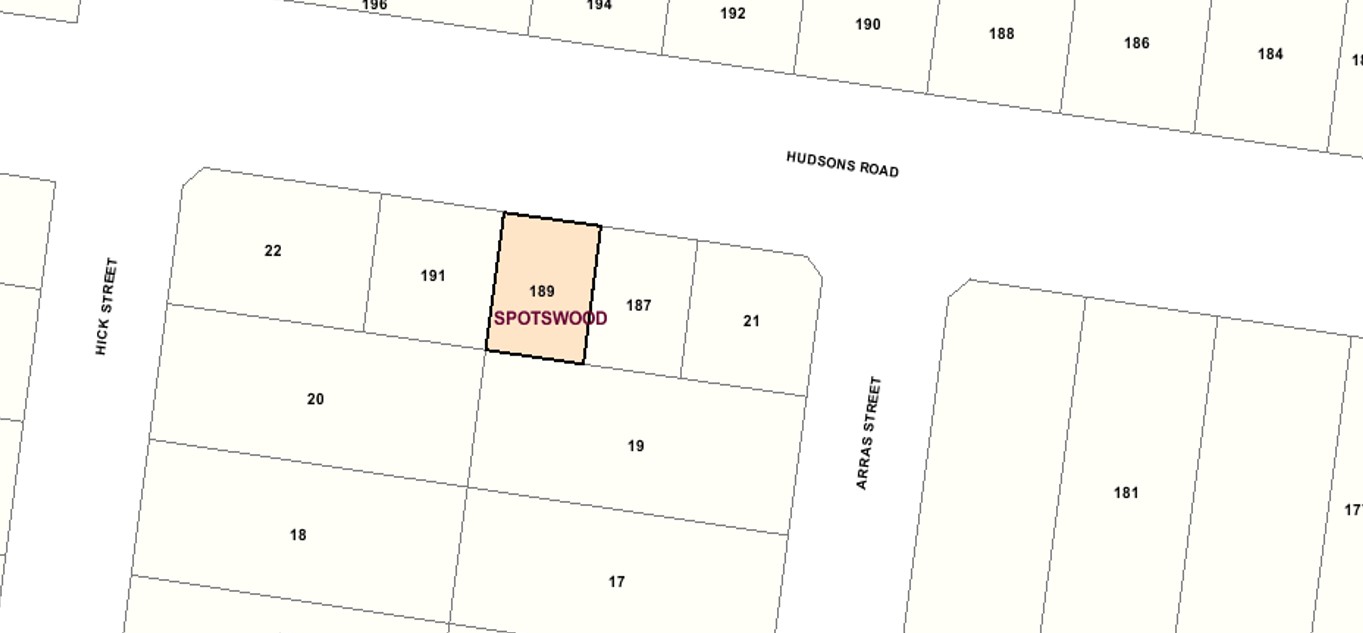
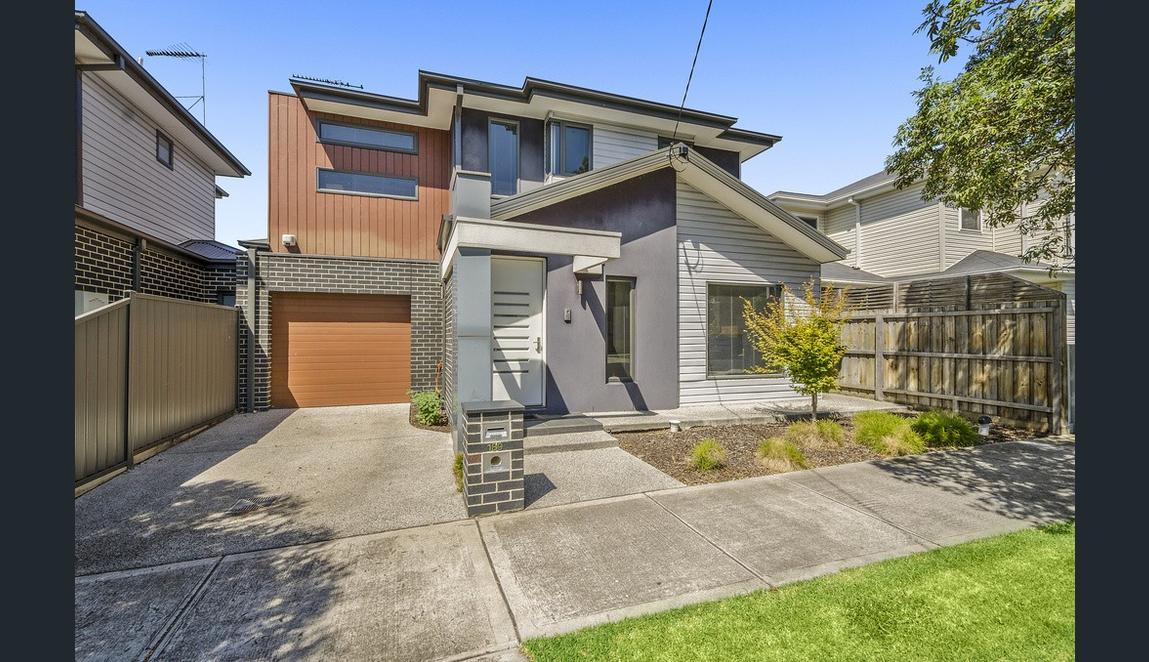 Having just addressed a multitude of questions about Footscray, we were well equipped to explain the nature of this particular three bedroom townhouse subdivision in nearby Spotswood.
Having just addressed a multitude of questions about Footscray, we were well equipped to explain the nature of this particular three bedroom townhouse subdivision in nearby Spotswood.
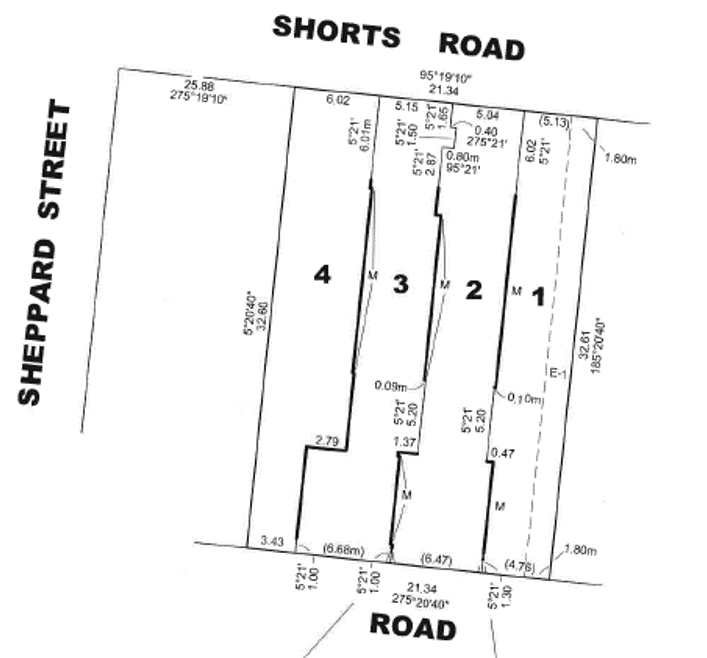 The final acquisition effort was in Coburg North yesterday at auction, and like the other two, shared party walls featured in the four unit terrace style development, but one exciting twist gave rise to more questions.
The final acquisition effort was in Coburg North yesterday at auction, and like the other two, shared party walls featured in the four unit terrace style development, but one exciting twist gave rise to more questions.
The property was brand new and the final Plan of Subdivision had been lodged but was not yet Registered.
This situation is not an unusual one but it certainly carries an implication in terms of the planned settlement date.
A property cannot settle until both the Occupancy Permit is granted and the Plan of Subdivision is registered.
Often a vendor will take a townhouse development to the market before this final, critical date. The benefit to the Vendor is that they will achieve a fast stale and clear some profits from the project. This isn’t a surprising course of action because a developer will typically have other projects on the go and the funds will be allocated quickly to the next development.
But the risk to the developer is generally that of buyer nerves. Buyers are anxious enough as it is about auctions, let alone those which don’t guarantee a specific settlement date, and in some cases, don’t specifically spell out a fee schedule for Owners Corporation outgoings.
Many buyers either find it too overwhelming or just don’t understand the situation.
Being prepared for an extended settlement date is vital in such circumstances. Without the registration for the Plan of Subdivision occurring before the nominated settlement date, settlement cannot occur. Contracts provision for this and a standard ‘number of days’ notice is required to be issued to the Buyer once the registration is finalised. Standard ranges from fourteen to twenty-eight days usually… enough time for settlement to be coordinated by legal parties.
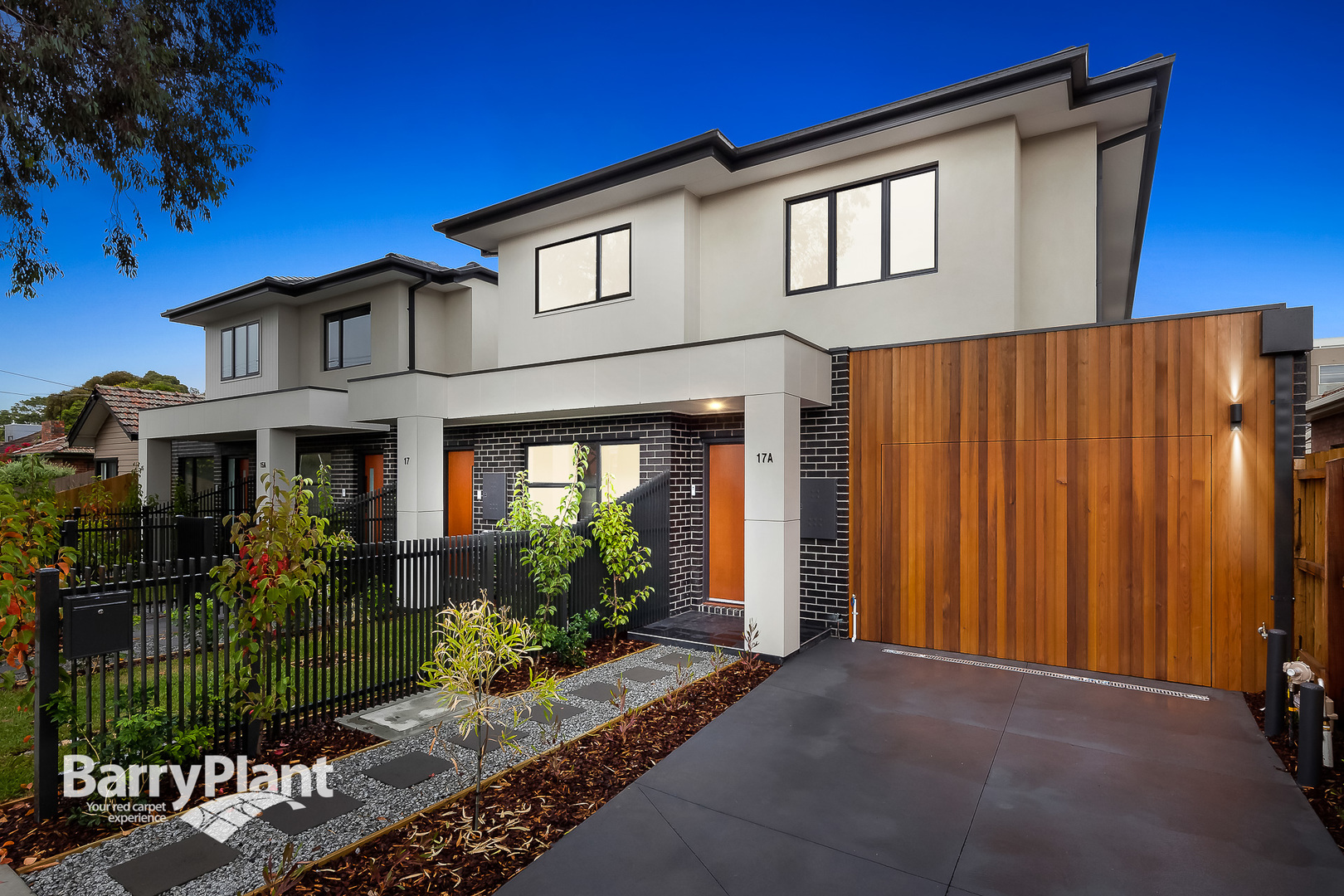
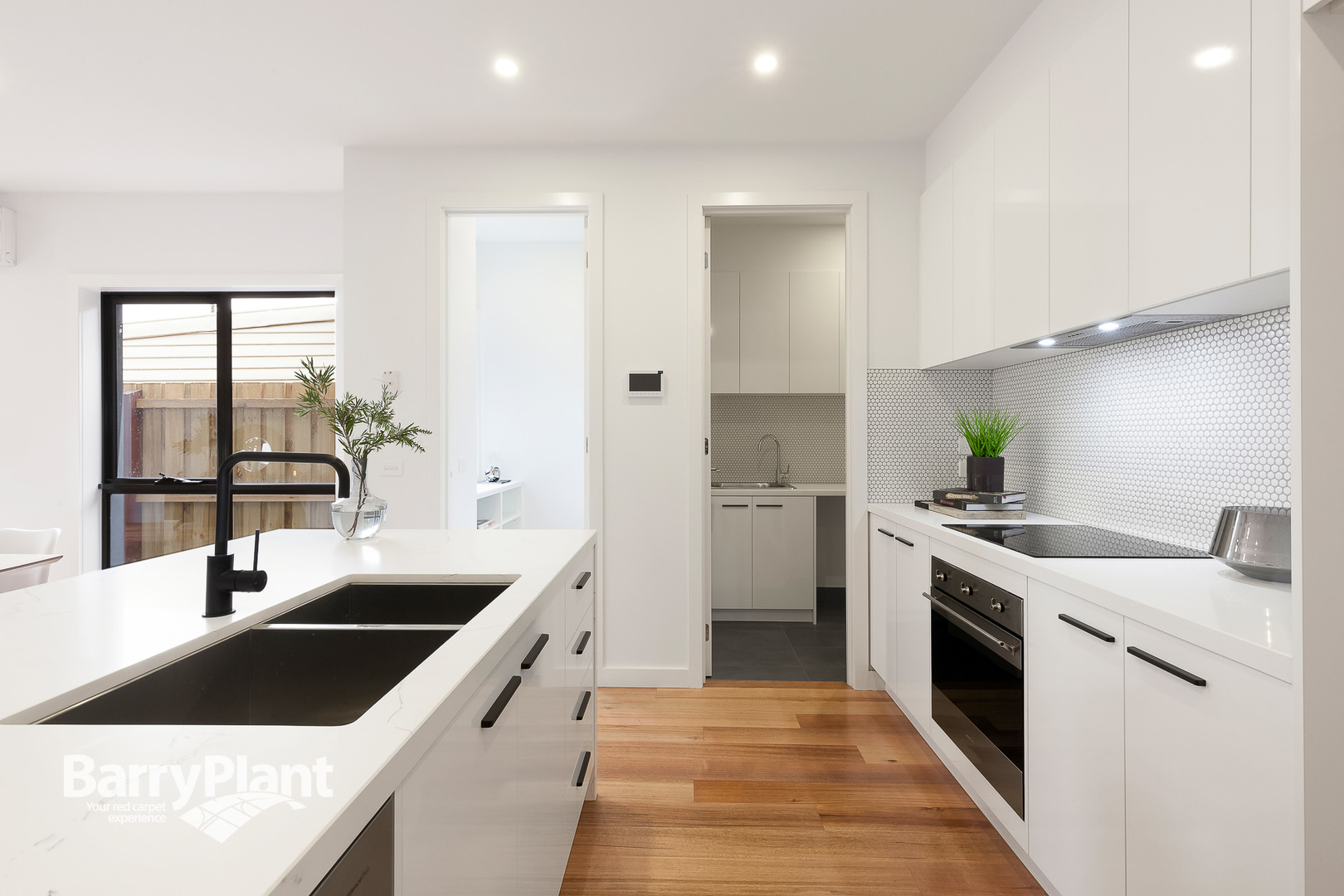 Armed with these explanations and this understanding, our clients could navigate through the contract and confidently buy at auction. I secured this fabulous three bedroom beauty for them yesterday with pride. Their new home is moments’ away from Merlynston train station, sits proudly on its own street-fronting title, offers two off street parks (one of which is garaged), and is specified beautifully with a high level finish… right down to a sunlit Butler’s Pantry.
Armed with these explanations and this understanding, our clients could navigate through the contract and confidently buy at auction. I secured this fabulous three bedroom beauty for them yesterday with pride. Their new home is moments’ away from Merlynston train station, sits proudly on its own street-fronting title, offers two off street parks (one of which is garaged), and is specified beautifully with a high level finish… right down to a sunlit Butler’s Pantry.
Asking the right questions is essential in these slightly unusual circumstances.
Obtaining the right answers can make the difference between buying something different to what you thought it was, or buying well when others are skeptical or unaware of the process which follows.
Wishing our three buyers some exciting capital growth in these popular hot spots!
Special acknowledgement to MNG Lawyers for their answers to these technical questions.
REGISTER TO OUR NEWSLETTER
INFORMATION
CONTACT US
1A/58 ANDERSON STREET,
YARRAVILLE VIC 3013
0422 638 362
03 7000 6026
CATE@CATEBAKOS.COM.AU
